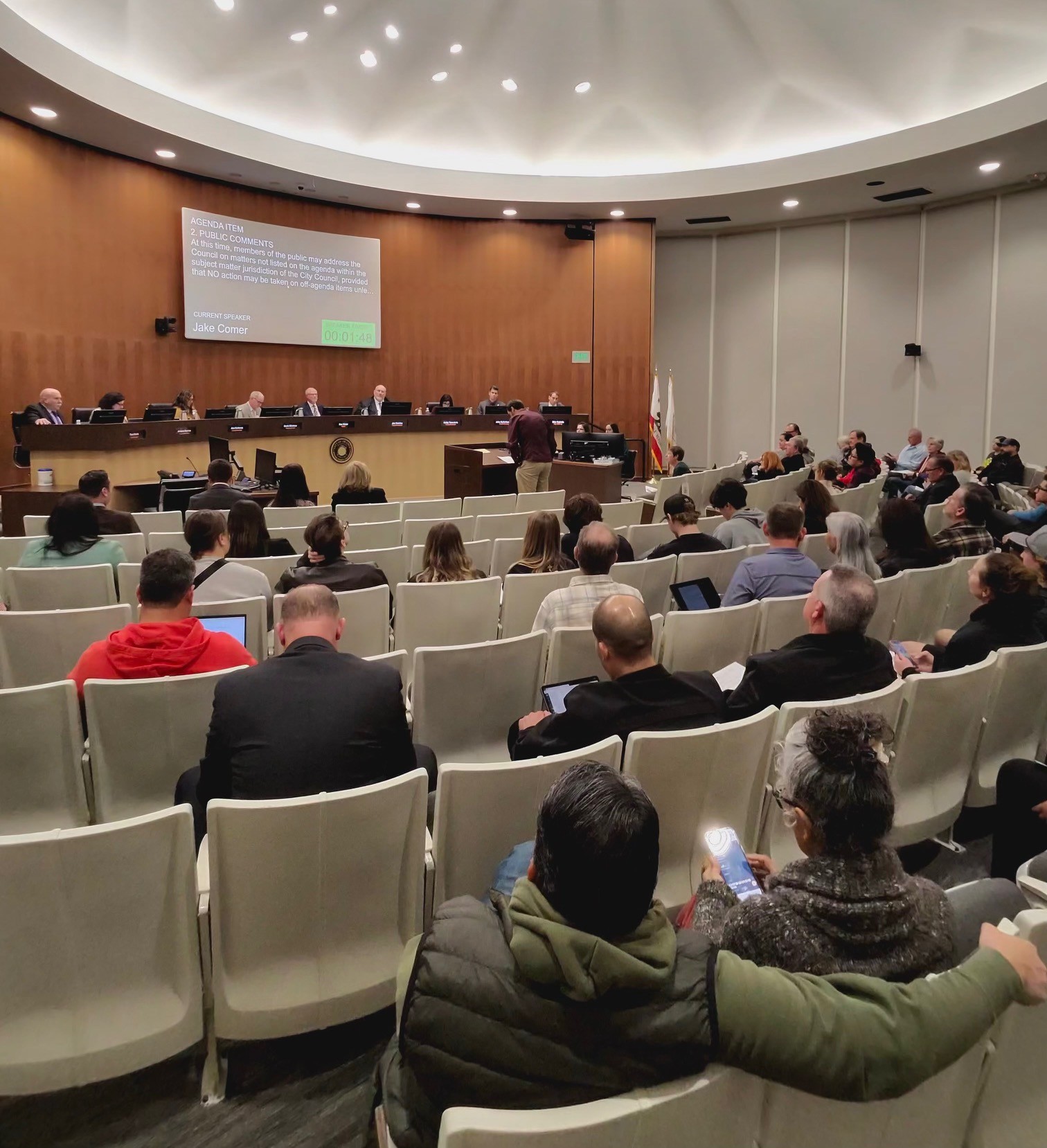
Author: Chisa Nagai, Dixon Resources Unlimited
Few topics spark as much debate in a community as parking. Parking policy affects nearly everyone, influencing how residents live, businesses operate, employees commute, and visitors experience an area. Since parking decisions influence daily routines and access to shared spaces, even small changes can feel significant, and oftentimes personal. Building trust and communicating transparently helps ensure that new policies are understood, accepted, and ultimately successful.
At its core, transparent parking management means that there should be no surprises. When people understand why parking policies are changing and how they will be affected, the result is stronger public support, smoother implementation, and better long-term outcomes for the community. Whether a municipality or agency is adjusting rates, introducing new time limits, or launching a digital permit management system, communication should begin long before any changes take effect. Providing ample notice gives community members time to prepare and ask questions, and when it comes to the enforcement of new parking policies, a short “warning period” can help community members adjust while learning about the new system. This approach reduces frustration and demonstrates that the goal is education, not punishment.
Reaching every audience requires a thoughtful combination of communication tools. Social media posts and digital newsletters can reach younger community members and tech-savvy audiences, while printed flyers or mailed notices remain effective for older generations or those who are less engaged online. Frontline staff, such as enforcement officers, can also play a meaningful role by distributing flyers and answering questions directly, reflecting a community-oriented approach to parking enforcement. These personal connections often go a long way in building trust and ensuring the message reaches everyone.
Equity should remain at the center of every outreach effort, as not all residents have reliable internet access or feel comfortable using digital platforms. Offering multiple ways to receive information, ranging from online updates, mailed notices, in-person conversations, and community meetings, can help bridge the digital divide. Hosting meetings outside of regular work hours, providing language translation services, and ensuring that venues are accessible make it easier for everyone to participate and share their perspectives.
When a municipality or agency is leading a community outreach effort, there should be emphasis on leveraging partnerships with neighborhood associations, including Chambers of Commerce, homeowner associations, and advocacy groups, to further strengthen communication. These networks already have the trust of their communities and can help share accurate information, gather feedback, and identify potential challenges early in the process.
A transparent and inclusive outreach process helps ensure that parking decisions reflect the needs of the entire community, not just the most vocal groups. By prioritizing open communication, accessibility, and equity, municipalities and agencies can shift the perception of parking programs from confusing or punitive to collaborative and community-driven.
Ultimately, parking management is about people as much as it is about policy. When residents feel informed and heard, they are more likely to view parking programs as fair, accessible, and aligned with broader goals of improving mobility and quality of life. Building that trust not only enhances compliance and safety but also contributes to stronger, more connected, and more supportive communities.